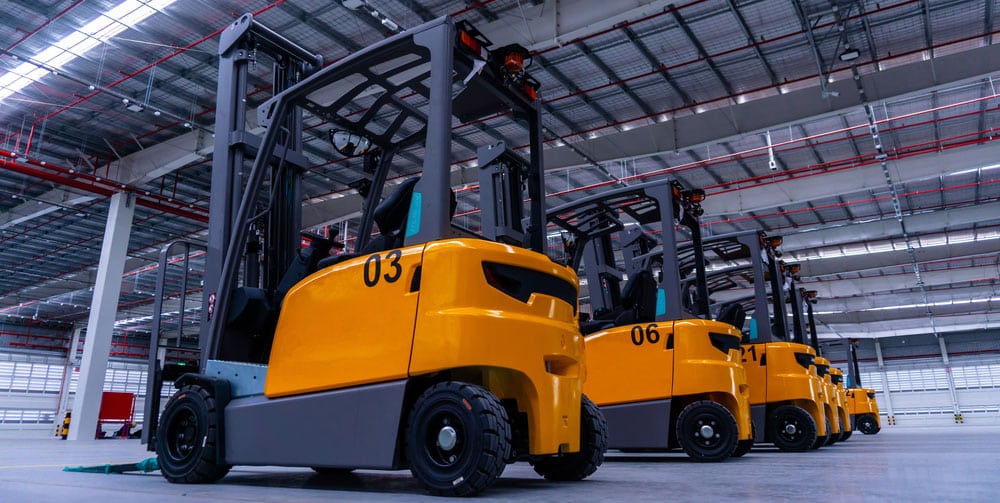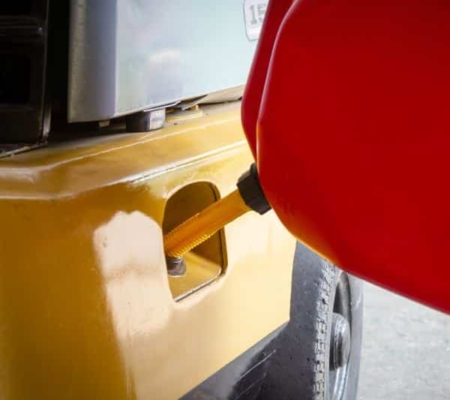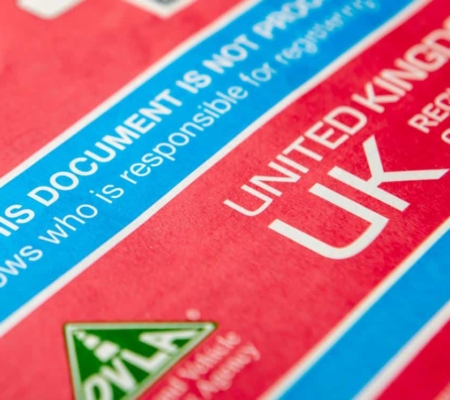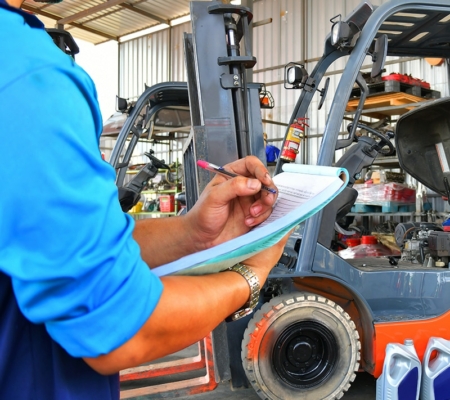What is the Difference Between LOLER and PUWER?
LOLER & PUWER REGULATIONS

Whilst there is some overlap of LOLER and PUWER, these are two separate sets of regulations and should not be confused if you want to avoid any potential penalisation.
So, what is the difference between LOLER and PUWER?
DEFINITION OF FORKLIFT LOLER
LOLER 1998 stands for Lifting Operations and Lifting Equipment Regulations – a set of standards which guide individuals and companies who own, operate or have control over lifting equipment; lifting equipment is defined as machinery and devices which elevate or lower materials, people or objects.
DEFINITION OF FORKLIFT PUWER
PUWER 1998 is an abbreviation for Provision and Use of Work Equipment Regulations. This regulation applies to individuals and companies who own, operate or have control over work equipment.
WHAT IS THE DIFFERENCE BETWEEN LOLER AND PUWER?
Both LOLER and PUWER cover the safety, installation, maintenance, training and suitability standards of the respective equipment. However, the difference between LOLER and PUWER is that LOLER applies to lifting equipment specifically, ensuring that there are health and safety standards that address the hazards which may occur with working at height or lifting or lowering objects.
Whilst they are separate regulations, LOLER requirements must still be considered in light of PUWER compliance, since the LOLER standards require you to adhere to PUWER standards in the first place.
DIFFERENT HEALTH AND SAFETY MARKINGS FOR LOLER AND PUWER CERTIFICATION
There are no specific safety markings required for PUWER because it covers all work equipment; you would need to determine the further requirements of the individual equipment to see what safety markings are required.
However, because LOLER does apply to specific equipment (lifting machinery and devices), a safe working load (SWL) marking is required, ensuring that the equipment does not lift beyond its capacity. If the lifting equipment is used to elevate people, the number of people it can lift should also be marked; if the equipment is not designed to lift people, this should also be marked.
CONSEQUENCES OF NON-COMPLIANCE WITH LOLER AND PUWER
Not adhering to the regulations specified in LOLER and PUWER can result in…
Safety Risks
Improper handling or inadequate equipment can result in harm to employees and the public alike, including injuries and even death.
Potential for Damaged Goods and Stock
Goods and stock can be damaged whilst being moved by equipment which is not suitable for the objects in question.
Lawful Consequences
You may face heavy fines, lawsuits and even imprisonment if you’re found to be owning, operating or controlling lifting equipment which does not meet LOLER. Operations can also be stopped whilst investigations are underway.
WHAT IS INSPECTED DURING A FORKLIFT THROROUGH EXAMINATION?
A forklift thorough examination can be carried out encompassing both the requirements of LOLER and PUWER to ensure lifting equipment continues to meet these requirements throughout its lifespan.
A thorough examination should be carried out annually or more frequently if needed.
A thorough examination covers both the lifting and driving mechanisms of lifting equipment – including forklifts.
FURTHER RESOURCES ABOUT LOLER AND PUWER
For more on LOLER and PUWER, consult:
- The Health and Safety Executive
- Gov.Uk
- Institution of Occupational Safety & Health
- British Safety Council
- Royal Society for the Prevention of Accidents
Alternatively, you can contact AtlasForklift to enquire about getting LOLER certified.


